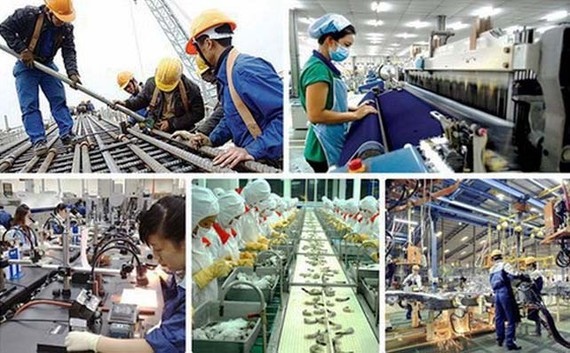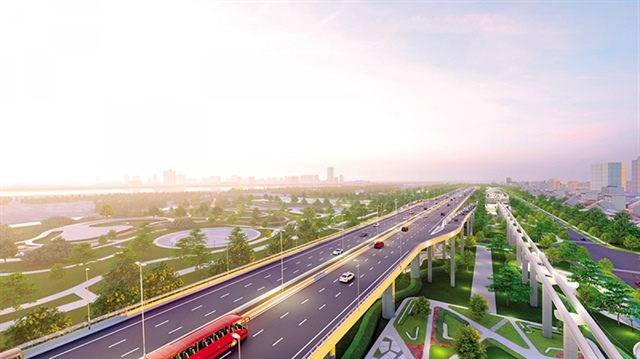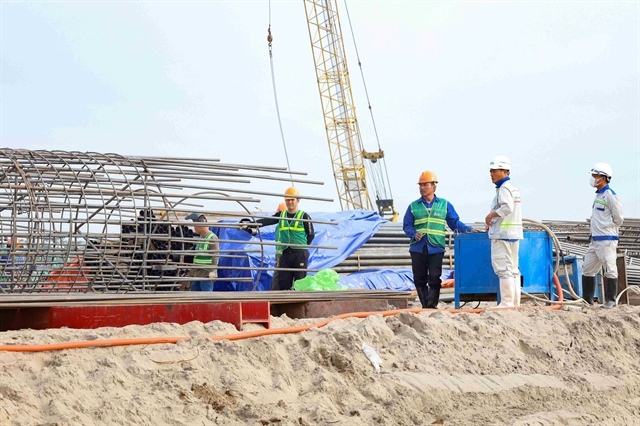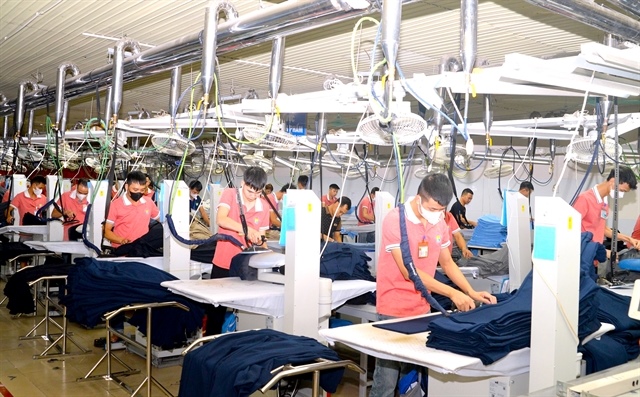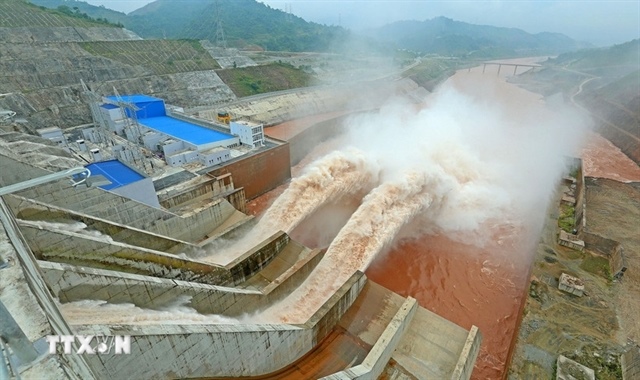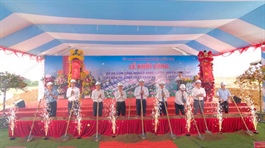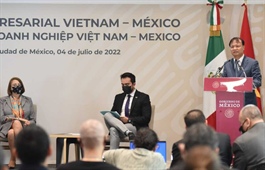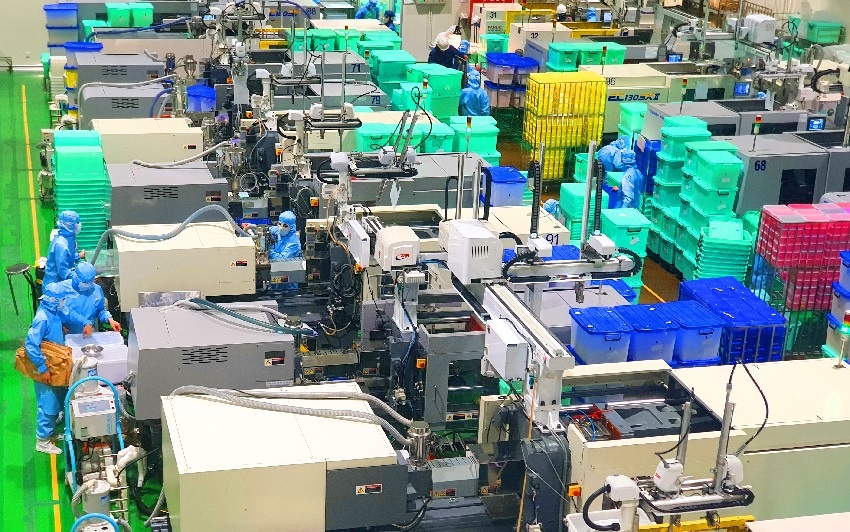Complexities in land use by State-Owned Enterprises
Complexities in land use by State-Owned Enterprises
After the value of a State-Owned Enterprise (SOE) is clearly determined, its land area must be separated from its value before the equitization process. Then only will the legal procedures be fully cleared for an SOE to function.
Illustrative photo. |
In a talk with Saigon Investment, Mr. NGUYỄN HỒNG LONG, Vice Chairman of the Steering Committee of Enterprise Innovation and Development, which is under the Central Government, said that only when the value of State-Owned Enterprises and the value of the concerned piece of land is separated will it be possible to prevent the enterprise from trying to claim ownership of the land or privatize that piece of land.
JOURNALIST: - Sir, restructuring or reorganizing of SOEs, including equitization and divestment, is considered a major task. How much has been done so far?
Mr. NGUYỄN HỒNG LONG: - There are two kinds of problems here. First, one refers to SOEs that have been slow in equitization and the second is about SOEs that are not doing business very well. Because equitization is just one of several important tasks of restructuring or reorganizing of SOEs so that these companies can become leaner and more efficient in business. This is why some SOEs do not have to be restructured or privatized if they are able to do good business and make handsome profits.
It is true that a lot of SOEs that must be privatized have been slow in getting it done, because of a large number of restrictions, setbacks, and some problems, including major hindrances like policies and regulations, especially those on land and property pricing. The responsibilities of officers in charge of SOE management are not so clear, also human resources management and salary policies are inadequate and inapplicable to the market economy.
The Ministry of Finance and the other concerned ministries and departments have over the years, assessed the performances and results that the companies have achieved after equitization, based on a number of aspects, including taxes paid to the national treasury.
So far, the competent agencies have been unable to assess the land management and use of property and land after equitization. Particularly, they have not been able to assess whether technologies have been innovated, how workers have been used or what are the roles and responsibilities of the companies that have less than 50% of their charter capital held by the state.
There are several causes of business losses at SOEs after equitization, resulting in losses of state-owned cash. One of the main causes is that such SOEs have continued to manage the business activities in the old ways and failed to improve the situation. They are actually required to change their management approach to improve their business performance and increase productivity.
- Sir, as you said, it is true that land has always drawn special attention. So, can you tell us how land is actually managed and used when an SOE is privatized?
- Land is a sensitive area that has some potential risks if it is used for a wrong purpose, especially when it is closely associated with equitization. Over the past years, some investors have been interested in SOEs just because such SOEs are also in charge of management of golden pieces of land in important places in the downtown area.
These facts have been found out through auditing and investigation activities. Some SOEs did not make plans for land use, but their equitization plans were still approved. They made plans for using their pieces of land when their documents were not legally acceptable, and their plans were not in harmony with the master plan of the whole area.
Additionally, the use of land after equitization has had some limitations, such as management of land. Such land has not been used for the right purposes or has not been put into use; poor management has left the land unused, or caused disputes, encroachment, sale of assets on the land, or it has been used as capital contributions to joint ventures or corporations before such capital contributions were taken back for the purpose of transferring the land use rights without putting the land up for auction, causing huge losses to the state budget; or the documents of such pieces of land did not meet the legal requirements and they were consequently not approved by the competent agencies.
Currently, land areas with high commercial values often do not have their land use purposes changed in compliance with the planning for their specific areas and are not put up for auction. Land use conversion projects have not been implemented properly compared to the originally approved licenses, causing a lot of state budget losses, and distorting the initial equitization goal.
The current complex problem is the inclusion of the lump sum land rental in the value of an SOE and permission for the conversion of land use purpose. This creates a legal loophole for private enterprises participating in the equitization of SOEs to seize the right to use the golden pieces of land to build houses or shopping centers. This leads to loss of land use taxes because the land is not priced based on the market price. This is also the reason that hinders the economic development process, causing the dissolution of enterprises, leaving workers unemployed after equitization, because SOEs change land use purpose, sell machinery and equipment, and lay off workers.
- Sir, the policies and regulations on land use are relatively adequate. So why do you think such problems have arisen?
- Decree 126/2017/ND-CP issued by the Government clearly stipulates that the annual rental or value of land use right on the leased land pieces are not included in the value of an SOE. It is only included in the value of an SOE if it is a lump sum rental on a leased piece of land. Decree 140/2020/ND-CP also mentions this detail of the regulation.
Decree 167/2017/ND-CP on public property rearrangement and settlement requires that the concerned government agencies, departments and SOEs that are using pieces of public land should carry out necessary rearrangements of such public land pieces. This means that SOEs must not wait until they are equitized before they rearrange the public land pieces under their management.
When they rearrange such items, any area of land which is used for wrong purposes or not used at all must be returned to the State so that the State can arrange for another agency, department, or SOE to take charge of it for the right purposes for the highest land-use efficiency. When an SOE is equitized, it must have good plans for using a piece of public land efficiently.
However, SOEs have not adhered strictly to the regulations on land use and housing rearrangements. Some SOEs, however, have strictly complied with the regulations, but they still face certain problems. For instance, an SOE wants to return a piece of public land to the State, but it cannot do it, because the piece of land is in dispute, and it is not fully legally documented. If the problems of a piece of public land are not adequately settled, it will be impossible for equitization.
The biggest obstacle to equitization is the inclusion of the lump sum land rental in the value of an SOE. Therefore, the lump sum land rental must be removed from the valuation of an SOE before the problems can be cleared fully, paving the way for faster equitization.
- Thank you very much.


